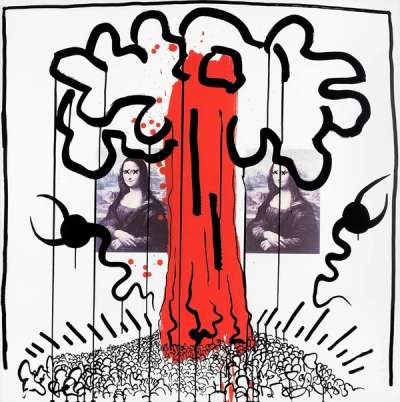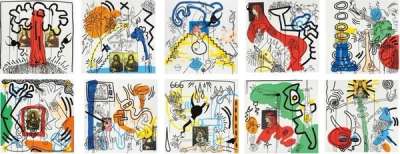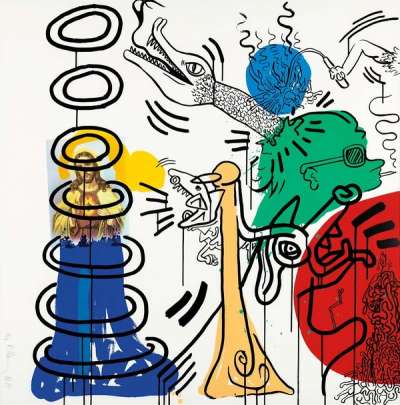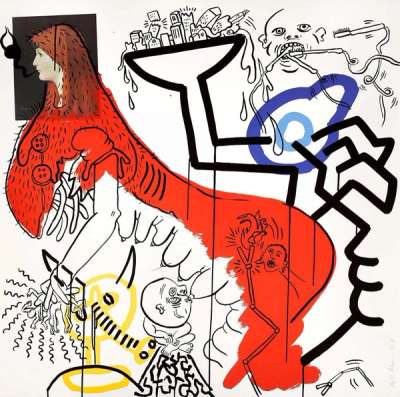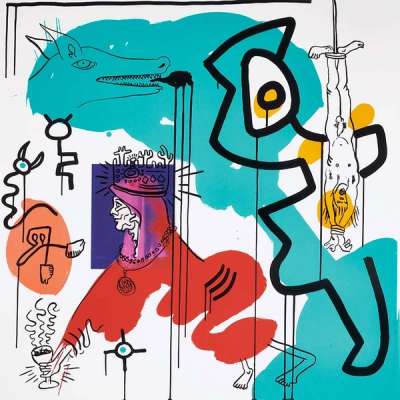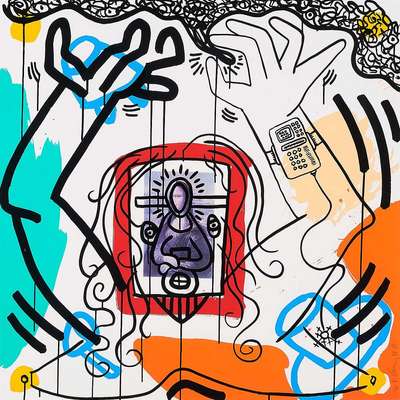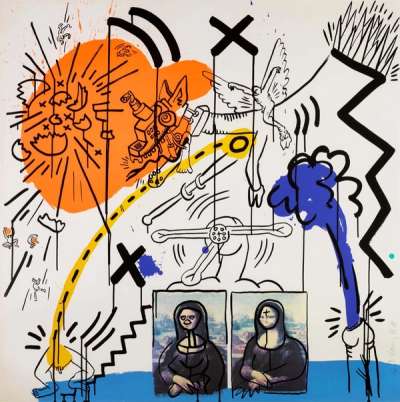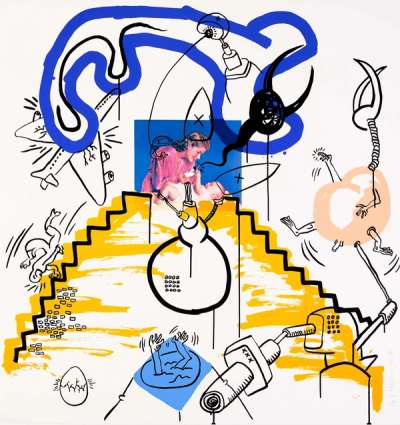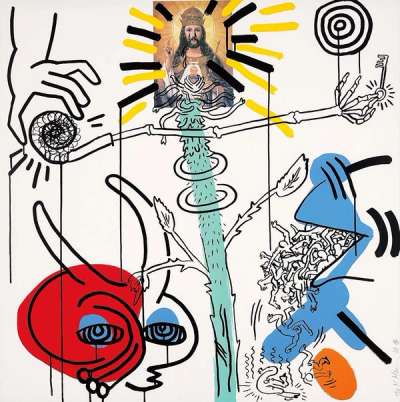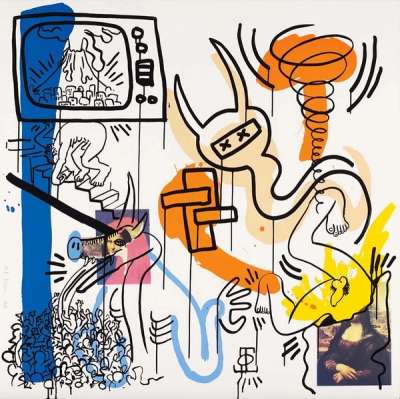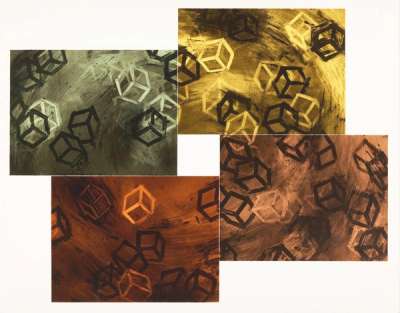
Apocalypse 8

Apocalypse 8
Signed Print
Keith Haring
£5,000-£7,500Value Indicator
$10,000-$15,000 Value Indicator
$9,000-$13,500 Value Indicator
¥45,000-¥70,000 Value Indicator
€6,000-€9,000 Value Indicator
$50,000-$70,000 Value Indicator
¥940,000-¥1,410,000 Value Indicator
$6,500-$9,500 Value Indicator
AAGR (5 years) This estimate blends recent public auction records with our own private sale data and network demand.
There aren't enough data points on this work for a comprehensive result. Please speak to a specialist by making an enquiry.
Medium: Screenprint
Edition size: 90
Year: 1988
Size: H 96cm x W 96cm
Signed: Yes
Format: Signed Print
TradingFloor
Track this artwork in realtime
Watch artwork, manage valuations, track your portfolio and return against your collection
Track auction value trend
Auction Results
| Auction Date | Auction House | Location | Hammer Price | Return to Seller | Buyer Paid |
|---|---|---|---|---|---|
| December 2024 | Karl & Faber | Germany | |||
| June 2024 | Rago | United States | |||
| May 2023 | Uppsala Auktionskammare | Sweden | |||
| March 2023 | Sotheby's Online | United Kingdom | |||
| October 2022 | Venduehuis der Notarissen | Netherlands | |||
| December 2021 | Cornette de Saint Cyr Paris | France | |||
| February 2021 | Rago | United States |
Meaning & Analysis
This signed screen print in colours, on museum board from 1988 is a limited edition of 90 from Keith Haring’s Apocalypse series. Shaped to shock the viewer, Apocalypse 8 is a hectic composition that brings together a photograph of a young girl with satanic symbols and images of promiscuity.
The screen print Apocalypse 8 continues themes of hellishness and promiscuity that characterises the series as a whole. Framed by the number 666, the number of the Beast in the Book of Revelations and common symbol for Satan, Haring’s print explicitly points to the idea of Hell itself.
Apocalypse 8 shows a magazine clipping of a 1950s-era young girl, posing cheerfully in a frilly white dress to celebrate the Christian sacrament of First Communion. As with other prints in the series, Haring uses collage to shock the viewer and create a dialogue between dissimilar worlds. Placed among drawings of grotesque beasts, satanic symbols and promiscuity, Haring uses his linear style to deface the child and add mutating limbs that reflect the chaos around her. Lines radiating from the child’s head are reminiscent of his Radiant Baby 1990), glowing with an energy that renders her as sacred. An unusual but effective medium for the artist, collage works to inject a moment of purity and unrelenting optimism into the violent terrain occupied by the surrounding socio-cultural demons.
In this print, AIDS is explicitly represented as a plague in Hell. Haring depicts a glory hole in pastel blue, through which an ejaculating phallus is visible. Especially associated with gay culture, the glory hole alludes to the way in which AIDS was stigmatised as the ‘gay plague’ in 1980s America and the personified virus, the horned ‘devil sperm’, shoots upwards as though born out of this promiscuous activity. humour, Keith Haring is one of the most influential and adored artists of the 20th century.
Keith Haring was a luminary of the 1980s downtown New York scene. His distinctive visual language pioneered one-line Pop Art drawings and he has been famed for his colourful, playful imagery. Haring's iconic energetic motifs and figures were dedicated to influencing social change, and particularly challenging stigma around the AIDS epidemic. Haring also pushed for the accessibility of art by opening Pop Shops in New York and Japan, selling a range of ephemera starting from as little as 50 cents. Haring's legacy has been cemented in the art-activism scene and is a testament to power of art to inspire social change
